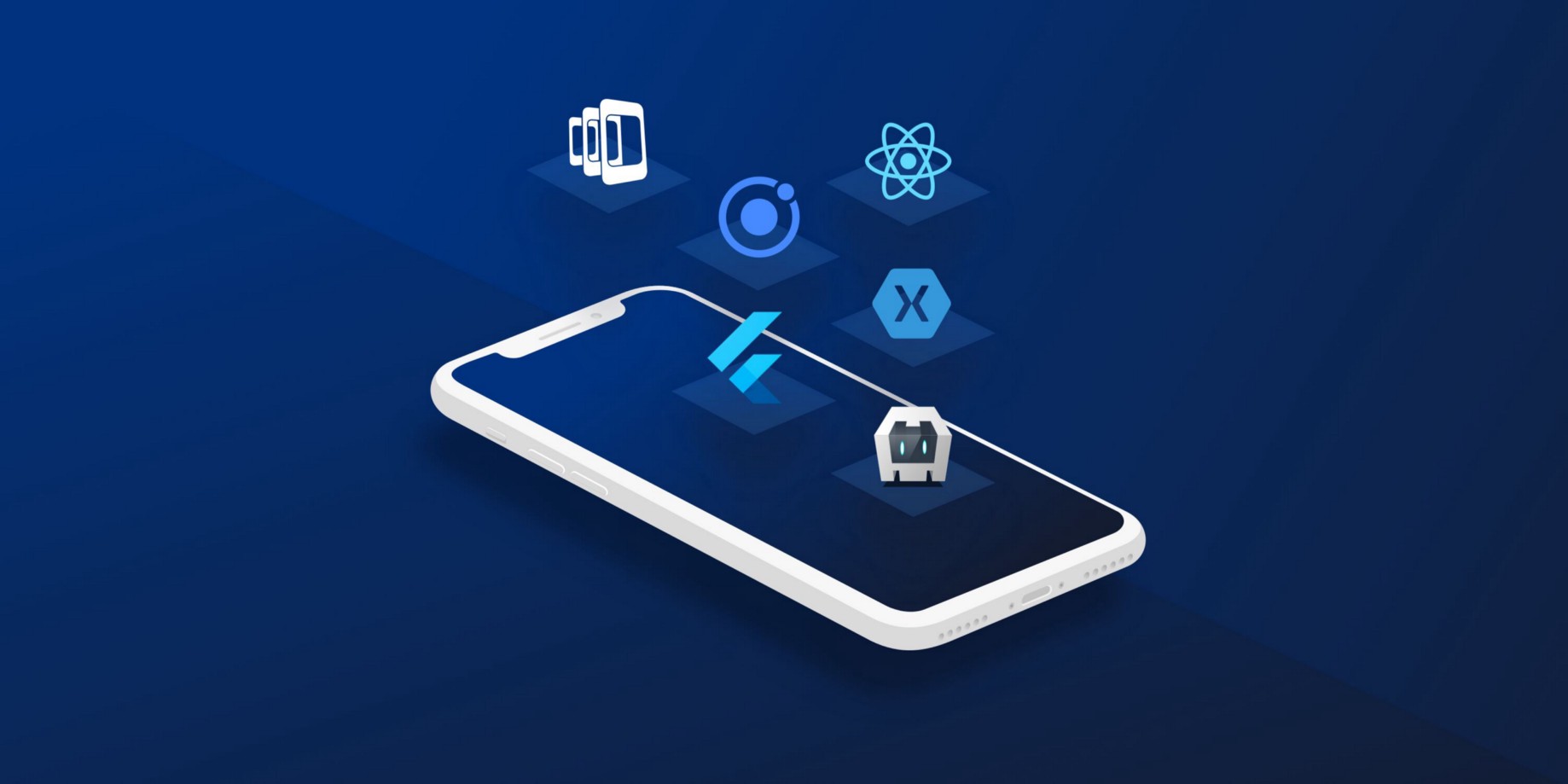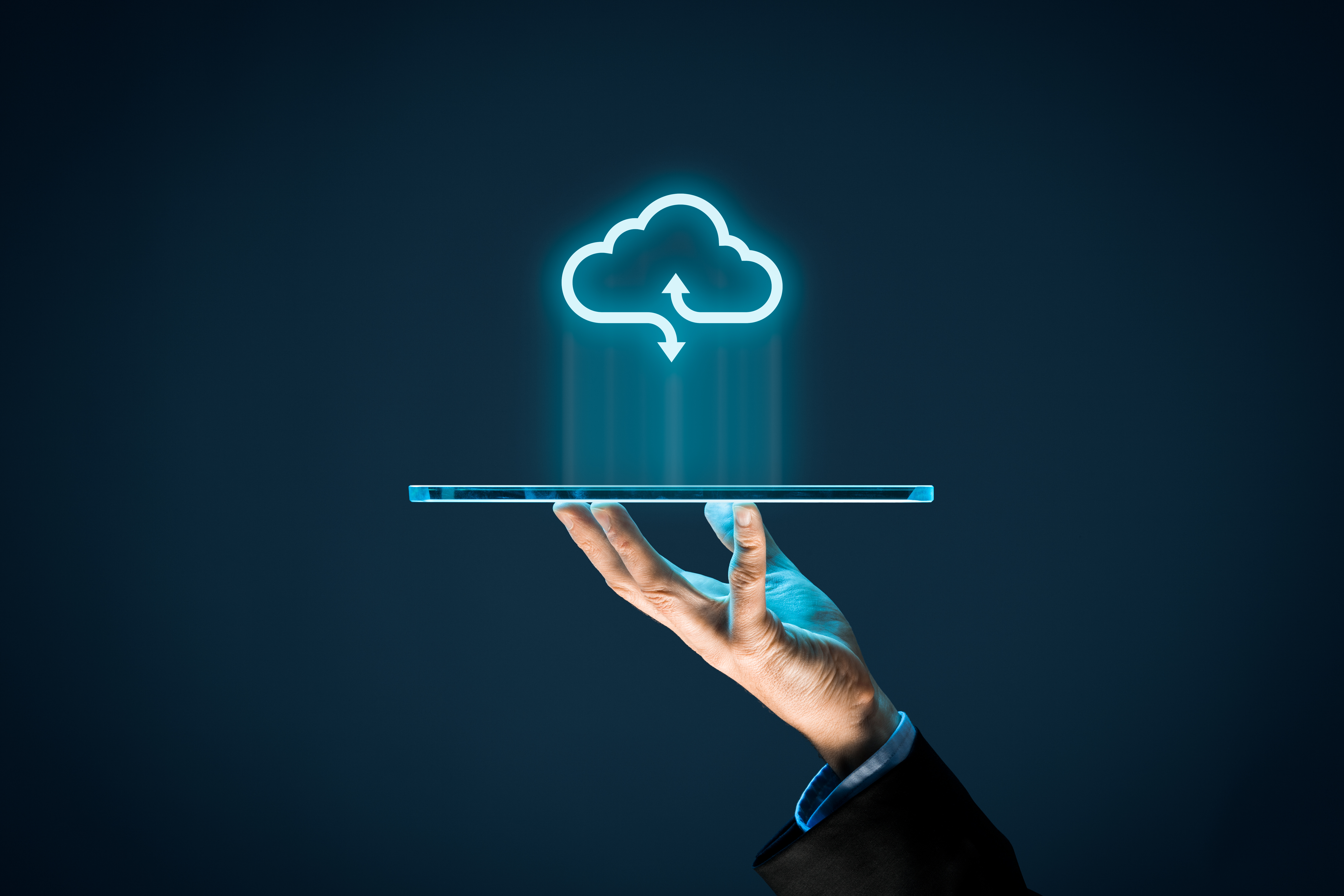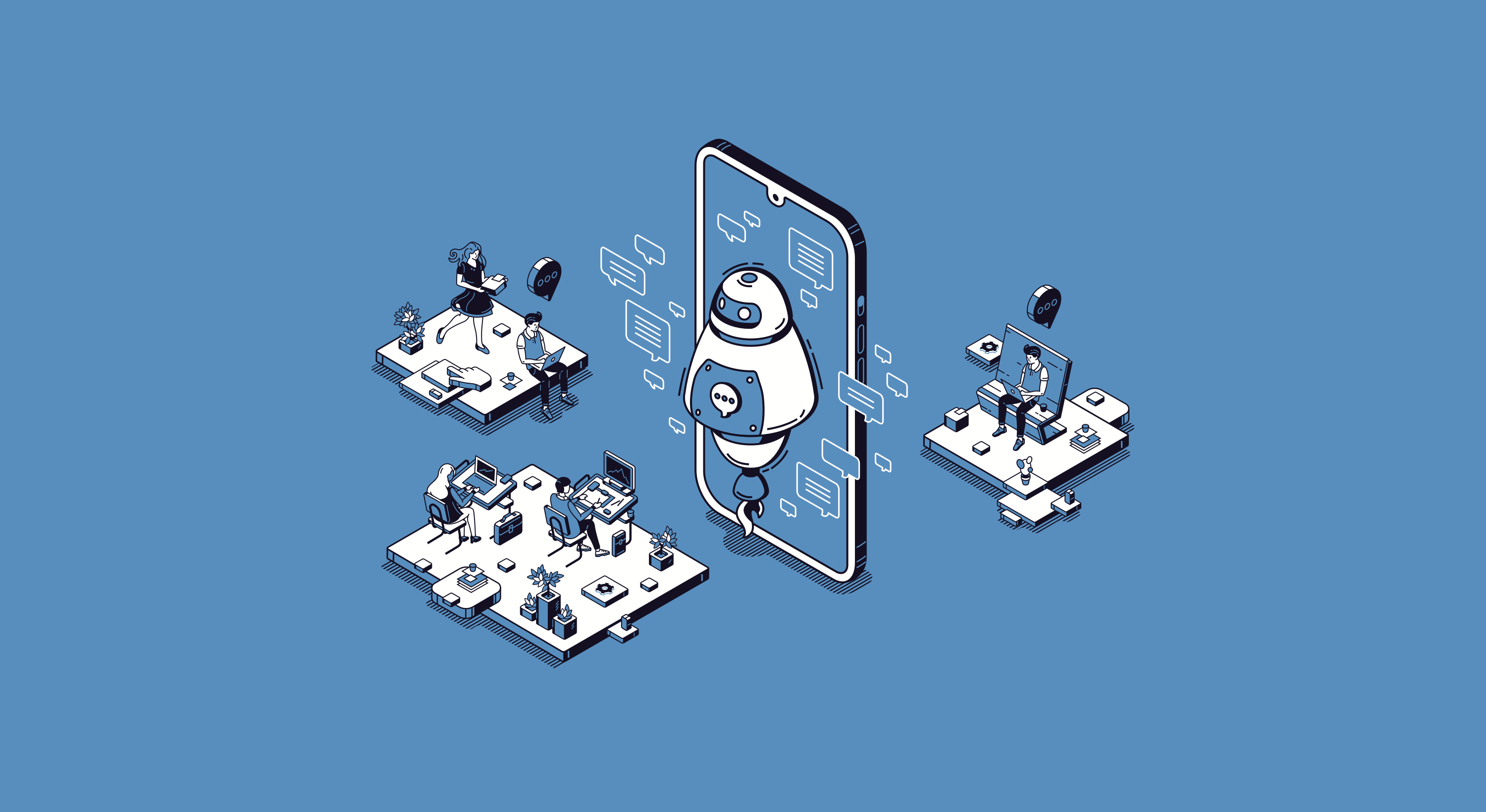What is Application Modernization: A new guide for 2024

Businesses must be agile and adaptable in the ever-changing innovation world. Application modernization is a strategic technique that helps organizations alter their software ecosystem. This concept involves what? In this succinct research, we examine application modernization's significance and the key factors that make it so important in the tech world. Explore the intriguing advancements driving the future of software applications with us.
What is application modernization?
Application modernization updates and transforms software applications to match current technology standards, increase performance, and suit evolving business needs. This strategic endeavor improves and modernizes systems to match today's computing needs. We want better scalability, flexibility, security, and compatibility. The major goals are to increase productivity, reduce costs, and keep programs current in the ever-changing world of technology. Application modernization often uses new designs, technologies, and development methods to prolong software systems.
Why do businesses need to modernize legacy applications?
Today's fast-changing technology requires businesses to update their apps to stay competitive, efficient, and robust. Here are several reasons organizations should update their obsolete apps:
Systems have scaling issues
Your software must be agile and adaptable when your business model, methods, and scale change. If it can't adapt, you may have to change your business operations to match your software, which could slow growth. Due to rapid business growth, older systems may crash, perform poorly, and cause other issues. Software should expand with your firm and accommodate greater production capacity. Consider replacing or building a new system if it no longer works.
At Risk of Security
Malware and data breaches are more likely to target legacy systems. The latest security features may not have been considered when designing these gadgets. This could make them exposed to attacks or unable to detect them. Older authentication techniques may not follow password security and encryption best practices. Outdated systems often store large amounts of important data that requires strong protection to avoid legal issues. It can be costly, and not protecting this data might have serious consequences. Maintaining your reputation and client trust after spending time creating great relationships is essential. A single data breach might ruin your efforts.
Malware and data breaches are more likely to target legacy systems.
Integration Challenges
To successfully integrate outdated systems with contemporary tools, substantial bespoke code and workarounds may be needed. Modernization can be difficult and time-consuming, requiring a partner with experience with older systems. To ensure a seamless modernization process, these integration problems must be assessed and planned for. Outdated systems often use older technology, making them incompatible with newer software. Businesses that use third-party software depend on the seller for updates and support. This is especially important if outdated software is incompatible with newer goods. This can prevent a business from adopting new technologies, tools, and services that could improve operations and provide it a competitive edge. Making changes or updates can assist ensure the
Efficiency and workforce needs
Companies must also budget for support and maintenance of obsolete software to maximize its functionality. Companies usually spend a lot of their IT budgets on old apps that don't meet business needs. If these systems are poorly managed, frequent outages and downtime might cost a lot. The IT department may spend more time debugging aging systems than focusing on important projects. Businesses typically need to hire professional support and maintenance teams to quickly handle issues with obsolete software.
Benefits of app modernization
- Reduced operational costs: Due to maintenance costs, legacy apps are unsuitable for businesses. Hosting in on-premise data centers is expensive and typically lacks documentation, making it difficult to add new services. These applications inherently generate a lot of technological debt. Modernization allows firms to use private cloud solutions to satisfy digital demands, contrary to popular assumption. The availability of cloud databases makes a separate data center superfluous.
- Enhanced safety and security: When your software and systems grow old, the developer stops providing security upgrades, leaving your firm vulnerable to cyberattacks. If app modernization seems expensive, consider disaster recovery! Implementing cutting-edge SSL encryption and other data security measures is crucial to system security. These techniques reduce threats and improve cybersecurity.
- Increases efficiency: Many outdated apps don't work well with modern computers and technology, affecting productivity. Thus, without developer support, employees may experience delays, errors, and other issues when using these apps. An updated system can improve team communication since improved software allows seamless collaboration. Thus, increasing productivity can tremendously benefit an organization.
- Better revenue streams: Implementing new services or procedures to improve applications might help firms increase income. Many companies offer online payment choices or social media chat and support. Virtual reality games are used in marketing to increase product recognition and revenue.
- Competitive advantage: Your organization can profit from improving outdated systems and adopting app modernization trends. Doing so improves speed, agility, market position, security, and response. These qualities are critical in today's fast-changing corporate world, where AI, blockchain, and RPA are transforming industries.
Application modernization could generate better revenue streams
Application modernization services
Various application modernization services improve and optimize software programs. These services address outmoded systems and ensure applications meet company needs and industry advances. Key elements of application modernization services:
Assessment and Strategy:
- Examining current applications to understand their structure, interdependencies, and efficiency.
- Developing a comprehensive modernization plan that considers goals, risks, and opportunities.
Legacy System Analysis:
- Assessing obsolete systems to identify improvements and challenges.
- Assessing how old components affect system efficiency.
Technology Stack Upgrade:
- Modernizing outmoded programming languages, frameworks, and libraries.
- Maintaining compatibility with the latest databases, servers, and infrastructure.
Cloud Migration:
- Assessing the benefits of cloud application migration.
- Planning and executing the data migration and cloud integration procedure.
Refactoring and Code Optimization:
- Restructuring and rewriting code improves readability and maintainability.
- Enhancing algorithms and performance to enhance application speed and efficiency
App modernization process
Application modernization involves several steps and tactics to update and improve software programs. This is a broad blueprint for modernizing an application, but it may vary depending on the organization's needs, the application's complexity, and the technologies used:
Evaluate your legacy application: First, examine your software environment to evaluate your old program. What's best and what needs improvement or replacement? Systems modernize due to business fit, value, agility, cost, complexity, and risk. An integrated approach with business and IT transformation drivers yields best results.
Define modernization goals: Another important stage in modernizing applications is recognizing your company's business goals. This entails knowing your company's goals and aligning your IT transformation activities with them. Streamlining operations, improving customer happiness, developing adaptability, and stimulating innovation are common company aims.
Develop a Detailed Migration Plan: A complete migration plan is essential after choosing a modernizing method. This strategy should outline the modernization process, including data transfer, application testing, and staff training. The migration strategy should specify a clear sequence of tasks to maintain business continuity. This includes timetables for each phase, resource allocation, role and responsibility description, risk management, and a contingency plan for any issues. Consider how modernization affects your users. The plan should address change and provide users with enough training and support. Finally, your migration plan should include techniques for assessing modernization success. This includes setting clear, quantifiable goals that align with your company's goals and using performance measures to track your progress. A comprehensive migration plan guides your modernization journey, ensuring that every step is planned and implemented to reach business goals.
Modernize: Upgrading your application involves migrating. Your modernization plan comes to life when you overhaul your applications and even your IT infrastructure. Technical expertise and teamwork are needed for this difficult task. A smooth move, reduced downtime, and risk management require careful migration planning. Keeping stakeholders informed of progress and issues is critical at this period.
Operations: After testing and confirming your revised applications' functionality, implement the modifications across your organization. To minimize business disturbance, adopt this approach gradually. This phase requires a feedback mechanism to resolve issues and concerns. After the launch, you must evaluate application performance to ensure the modified systems satisfy your business goals. Potential difficulties must be identified and resolved quickly. Always remember that application modernization is ongoing. It continues after application deployment. Instead, it requires ongoing monitoring, testing, and improvements.
In conclusion, application modernization drives enterprises forward. Staying ahead, promoting creativity, and staying competitive require it. From simplifying code to adopting cutting-edge technologies, the route is varied. Collaboration, flexibility, and improvement are crucial. In our fast-paced, ever-changing world, application modernization is essential to developing a strong, efficient, and forward-thinking digital environment.
Axalize, a worldwide IT firm headquartered in Vietnam, is committed to offering IT development services that assist organizations and people in translating their IT goals into actual solutions. We specialize in developing highly efficient, secure mobile applications and also application modernization services. Feel free to reach out to us for guidance and top-notch IT services!


